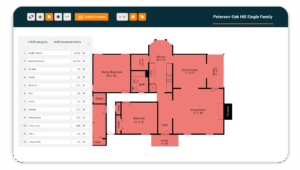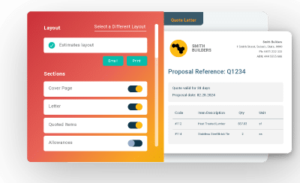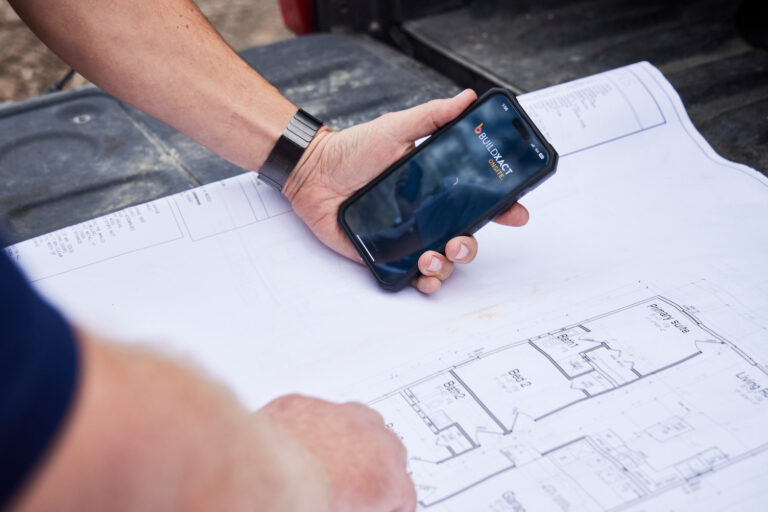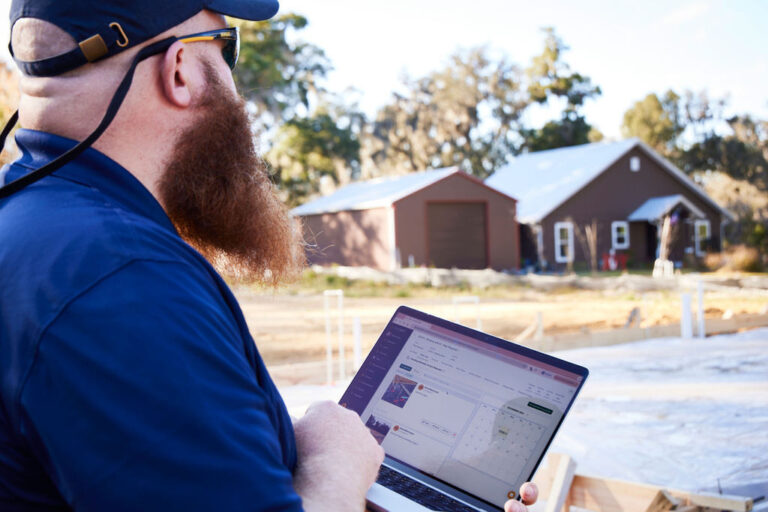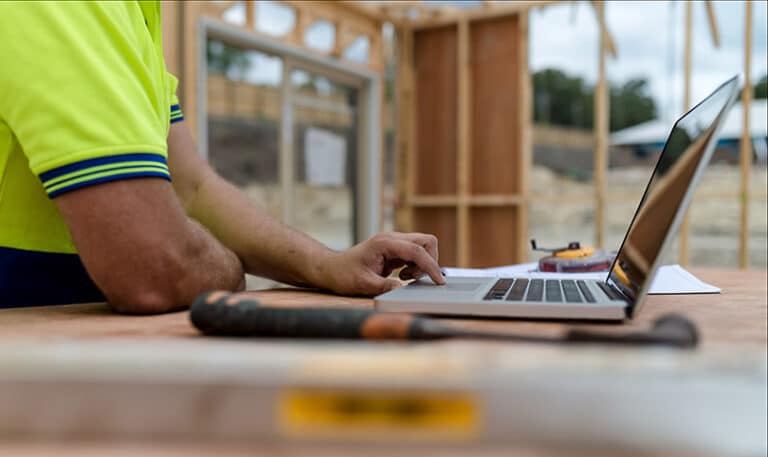The process of building a property begins well before the foundation is laid, at the preconstruction phase, when owners, builders and designers come together for the first time. Paying attention to the preconstruction process helps set a project schedule and budget that can be maintained and lowers the risk of hold-ups from material supply issues or unavailability of contractors – issues that continuously challenge the construction industry.
What are preconstruction costs?
Preconstruction costs are fees and charges that occur before actual construction can begin and can amount to between one to three percent of the final build. Preconstruction costing typically is a process that requires a separate fee that the smart construction manager requires to be paid in full before the project can move forward.
The first step in the preconstruction phase involves outlining the owner’s expectations to define the project’s scope. Surveys will need to be conducted on the land to help create environmental impact reports, architectural and engineering reports, as well as the usual site surveys required for a building permit. In some circumstances, in addition to the typical permitting process, you may also need archaeological reports and cultural impact reports if the land in question has cultural or heritage significance. All these documents are all included in the preconstruction costs and are considered essential to proper planning.
Construction software
The builder and designer will work with the client to gather all the information they need to provide a preconstruction estimate. This is a vital step. Poor planning during preconstruction inevitably leads to issues during the building phase that can and should be avoided.
Many builders make use of a construction management software package that helps them keep track of not only the preconstruction phase of their project but the entire set of project objectives, from start to finish. Software best suited for the job typically are SaaS (Software as a Service), such as Buildxact, that offer at a low monthly price for a single platform that includes documentation, communications, customer details, dealer pricing, and tools for scheduling trades and engineers. The best software also integrates with financial software, simplifying cost estimating, quoting and invoicing.
At the preconstruction phase, all notes regarding the customer and the job can be stored in an integrated customer management tool that forms part of the construction management software. Online customer portals like the one offered by Buildxact help the owner stay in the loop both before construction begins and as the project progresses.
Preconstruction costs
A preconstruction phase estimate is provided to the owner that covers all expected costs involved and helps the homeowner decide if the project should move forward. This will include:
· Surveys and reports
· Designs
· Building drawings
· Building permits
· Utility installation
· Contract fee
Construction estimating software is used to speed up this process, ensure accuracy and avoid missed items or incorrect figures. Templates allow builders to use repeatable construction tasks efficiently and save time wasted on duplicating the process. With estimating software and integrated customer management systems, estimation quotes can be sent directly to the customer via email, or through the online portal, customers can even choose to accept terms digitally.
Documenting the pre construction phase
Before applying for building permission, several reports need to be completed. These reports are concerned with safety and suitability of the site and will identify any problems that may arise in the construction phase. Surveys need to be coordinated and organized in a timely manner to ensure that this process meets all local legal requirements before construction begins.
Engineers site survey
Soil engineers test the soil to provide footing details for laying the concrete foundation slab. The preconstruction engineering report will include elements such as settling silt, dealing with rock and groundwater, fill that isn’t compacted properly, and any potential hazards or contamination on the site.
Preconstruction survey
Preconstruction surveys are conducted of adjacent properties prior to construction. This consists of checking visually for any signs of structural settlement, roof and exterior damage of the building. This report provides security for both the owner of the new development and the neighbors, providing evidence of prior conditions if damage occurs during construction.
Site assessment
The site survey is a requirement for obtaining local city or county council planning permission. Professional surveyors have useful knowledge of building rules and regulations such as height restrictions, zoning and land use. The site survey consists of establishing and marking block boundaries, calculating the shape and size of the block, noting landscape features on and around the land and marking land contours. Once this is done, a plan is drawn up and submitted to the council together with the drafter’s plan. The survey can also contribute to deciding on the safest and most sound location for the building to be constructed.
Environmental reports and documents
An environmental impact report looks at how the project will impact the natural surroundings. Attention may be given to native habitat, endangered species, age of the trees and foliage and other factors. If the block of land has had previous industry use there may be issues surrounding releasing poison substances, ground water impacts or land stability
Energy efficiency ratings
An energy efficiency report is required for all new housing to meet the National Construction Code and the minimum standard for energy performance. This report will determine whether any adjustments need to be made in the plans and that the designs meet the requirements of the building to retain warmth in the winter and keep cool in the summer.
All documents can be filed within construction software packages, for easy accessibility by all parties, as well as being able to be formatted and emailed automatically along with permit applications and the required plans.
Designs
Before the designs are drawn up, the owner’s vision of their home is fully discussed. Details such as where furniture will go, what kind of fittings and fixtures are desired, the types of cupboards and doors, flooring, window coverings and construction, colors and appliances are all discussed. What kind of bathroom and how many, how many bedrooms, reception rooms, a garage and how many cars are all necessary decisions at this stage. The more detail an owner can provide, the more the plan will turn out to match their vision. The details can also help the builder with estimating and with obtaining better value materials, fixtures and other elements.
Drafting plan
Drafters use information from the survey reports to design and prepare the drawings for the home. The drafting plan can include site plans, floor plans, elevations, internal elements and electrical schemes. Drafting plans can be submitted in two-dimensional and three-dimensional aspects and stored with other documents in the construction software package.
Construction permits
The next stage of preconstruction is to submit a building application to the local council. This required the payment of a Building Services Levy (BSL) which is set by the city council. The amount of the levy depends on your local council.
Assessing the construction project
The preconstruction phase is an opportunity to carry out risk analysis. The contractor will assess all the possibilities that could go wrong, and plan for contingencies if these scenarios occur. Another element is to look for cost savings that could be found in choosing cheaper materials that have similar properties or aesthetics to the ones suggested by the dealer. It could refer to finding more reasonable subcontractors. Equipment rental can also be reduced if there is time to get quotes from a range of dealers and schedules are properly designed. Scheduling is also available in top-rated construction management software.
Cost estimation
Preconstruction is also the period when the builder will complete a final total cost estimate. A total cost estimate is a major part of the preconstruction process and needs to include all elements of the build. Construction estimating software is used to streamline this process and can save hundreds of dollars for the budget.
The software allows the general contractor to perform a material takeoff that inputs material prices per line, per piece as preferred, and add every element of the building process for very accurate results. Automated software also can be used to request accurate pricing from dealers for materials to boost the accuracy of the final cost estimate.
Saved templates of past similar jobs means that software speeds up the estimate process even further. The construction estimate can be automatically generated and emailed directly to the customer from the same software platform. Cloud-based software allows this process to be completed from any device or location that has internet accessibility.
The cost estimate for preconstruction often come as a surprise to new owners who are usually more focused on square footage, paint colors and shower heads than surveys and site reports. Applying building construction software is an advantageous way for both builder and owner to cut costs and speed up the process. Reports, surveys and reports can be integrated with council information and submissions for permits and sent automatically from the same platform. All customer information can be unified with project team members such as the designer and builder to ensure seamless communication throughout the project.







